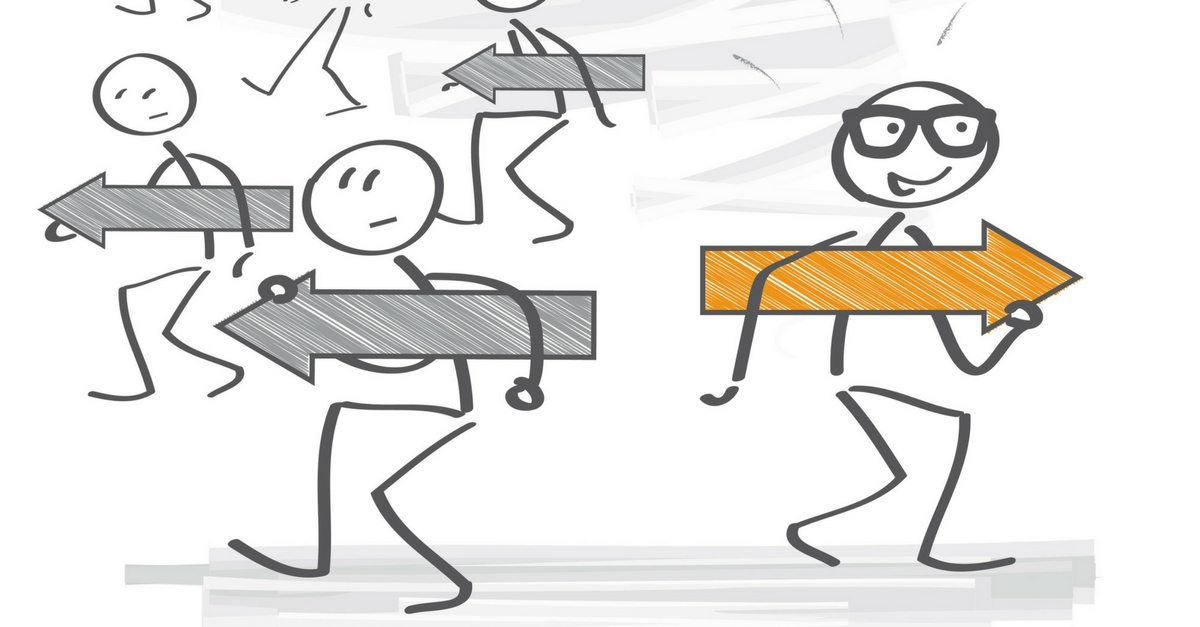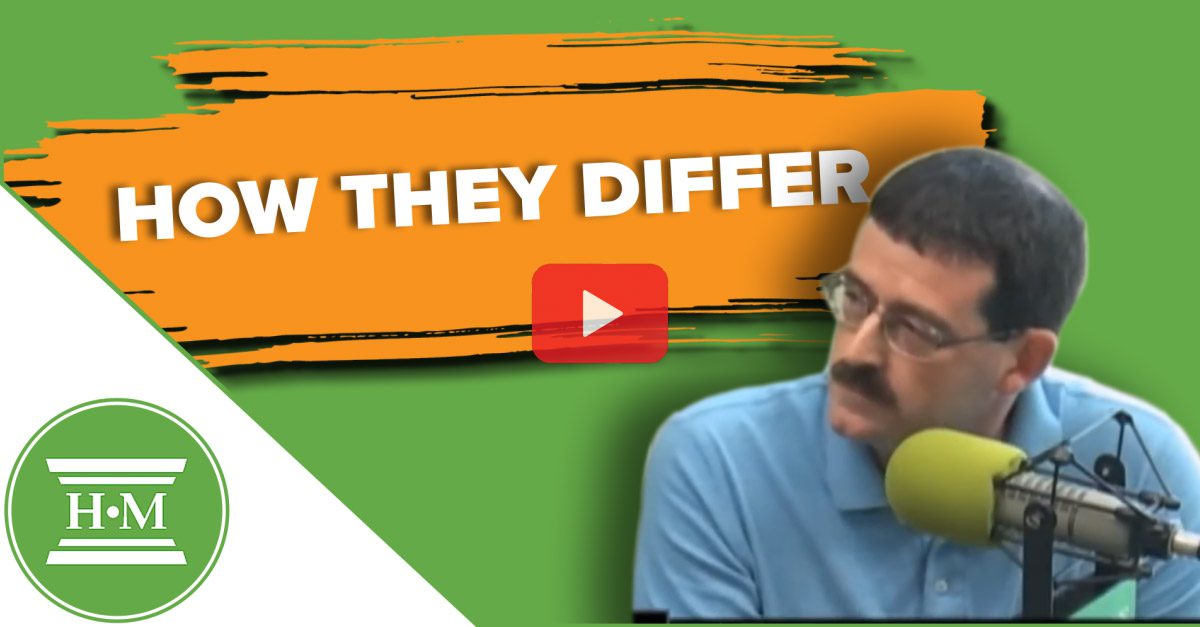
Both a consumer proposal and bankruptcy in Canada are legal debt relief options governed by federal law under the Bankruptcy and Insolvency Act. The key difference is that bankruptcy involves surrendering most assets to pay creditors to eliminate debt, whereas a consumer proposal allows you to keep your assets while offering to pay creditors a percentage of your debts over time.
Table of Contents
Similarities Between Bankruptcy and Consumer Proposals
A bankruptcy or consumer proposal eliminates the same unsecured debts: credit cards, student loans, bank loans, lines of credit, payday loans and outstanding bill payments. Neither option deals with secured debts like your mortgage or car loan.
Both solutions provide legal protection through a stay of proceedings, which immediately stops creditors from pursuing collection activities, including legal action, wage garnishments, seizing assets, freezing bank accounts and collection calls.
Both have a similar outcome as a debt solution —you will be debt-free. However, there are key differences in terms of cost and process.
Key Differences and Suitability Analysis
You must work with a Licensed Insolvency Trustee (LIT) to file a consumer proposal or bankruptcy. During your debt assessment, your LIT will review your income, assets and debts to determine which option is best for your financial situation. Here are some of the key differences between a consumer proposal vs bankruptcy they will review during your initial consultation:
Asset Retention
A consumer proposal is often better if you have valuable assets like home equity, RRSPs, or vehicles. In a proposal, you keep all assets while negotiating a debt settlement plan. Personal bankruptcy is more suitable if you have minimal assets or mainly possess exempt assets (like basic household goods or tools of trade).
Income and Cost
In bankruptcy, if your monthly income exceeds the government-set threshold for your family size, you’re required to pay 50% of the surplus income to your creditors; for example, if you’re household income is $400 over the limit, you’d pay an additional $200 per month, which can significantly increase the total cost of your bankruptcy. If your income is high, bankruptcy can become expensive.
Try our surplus income calculator to determine your potential monthly bankruptcy payment.
A consumer proposal can make payments more affordable for those with surplus income because it allows you to spread your surplus income payments over a period of time (up to five years), lowering your monthly payment. How much you pay depends on what you can afford, your total debt and what the creditors will accept.
Tax Refunds
Because tax refunds are considered an asset, if you file bankruptcy you lose tax refunds for the year of bankruptcy and any prior years. In a consumer proposal, you keep all tax refunds. You file your own returns, and any refunds come directly to you.
Length of Time
Bankruptcy is usually a much faster process; however, the longer duration of a proposal often results in lower monthly payments, making it more manageable for debtors.
A first-time bankruptcy typically lasts 9 months if you have no surplus income or 21 months if you do have surplus income. For a second bankruptcy, the duration extends to a minimum of 24 months, or 36 months with surplus income. In contrast, a consumer proposal can last up to 5 years but offers more flexibility. You can pay off a consumer proposal early without penalty if your financial situation improves, potentially shortening the process.
Credit Report Impact
A consumer proposal is generally better for your credit report than bankruptcy. It results in an R7 credit rating, which is less severe than the R9 rating from bankruptcy. Moreover, a consumer proposal is removed from your credit report 3 years after completion or 6 years from filing, whichever comes first, while a first-time bankruptcy remains for 6 years after discharge, and subsequent bankruptcies for 14 years.
Getting a Mortgage
One of the most common questions I receive when people consider filing a bankruptcy or consumer proposal is, can I get a mortgage afterward? Both a consumer proposal and bankruptcy will hurt your credit for a while. Most mortgage lenders require you to wait two years from the end of your proposal or bankruptcy before they will grant you a mortgage. From the lender’s point of view, it’s the two years that matters. Whether it’s two years from the end of a bankruptcy or a proposal doesn’t matter. The key is to weigh the monthly affordability of proposal vs bankruptcy payments against your future goals. Also, if your financial situation improves, a consumer proposal can be paid off early, but bankruptcy cannot.
Second Bankruptcy
If you’ve been bankrupt before, a consumer proposal is often better than filing a second bankruptcy. A second bankruptcy lasts at least 24 months (or 36 months with surplus income) and remains on your credit report for 14 years after discharge, significantly longer than a consumer proposal.

Is a Consumer Proposal Worth It?
I hear it all the time: why bother going through a five-year consumer proposal when you can go bankrupt and be done with it?
The key benefit of a consumer proposal is that it allows you to repay only a portion of your unsecured debts, potentially saving you thousands of dollars. Unlike bankruptcy, you keep your assets, including your home, vehicle, and investments. Proposal payments are fixed, providing predictability in your budget. While it impacts your credit score, it’s generally less severe and shorter-lasting than bankruptcy.
A consumer proposal can be worth it if you have a stable income, valuable assets to protect, and a desire to repay a portion of your debts while avoiding bankruptcy. It offers a structured path to debt relief that balances your interests with those of your creditors.
While both consumer proposals and bankruptcies are formal debt relief options, they differ significantly in process, impact, and suitability. Your choice should depend on your specific financial situation, including your assets, income stability, credit needs, and long-term financial goals.
Consulting with a Licensed Insolvency Trustee can help you find the right solution for your debt problems. Your trustee will review all options, including debt consolidation and a debt management plan or credit counselling, and compare the suitability of a consumer proposal or bankruptcy. Contact Hoyes Michalos to book a free consultation to discuss your options for becoming debt free.





